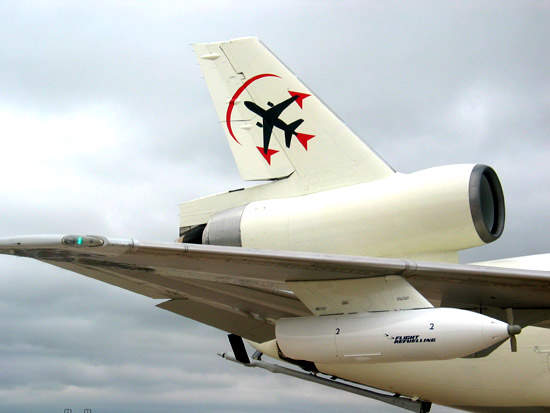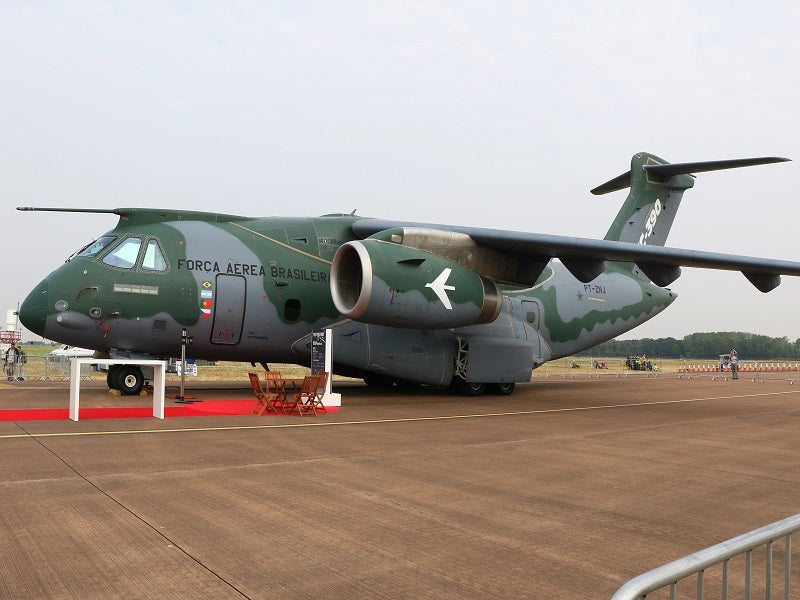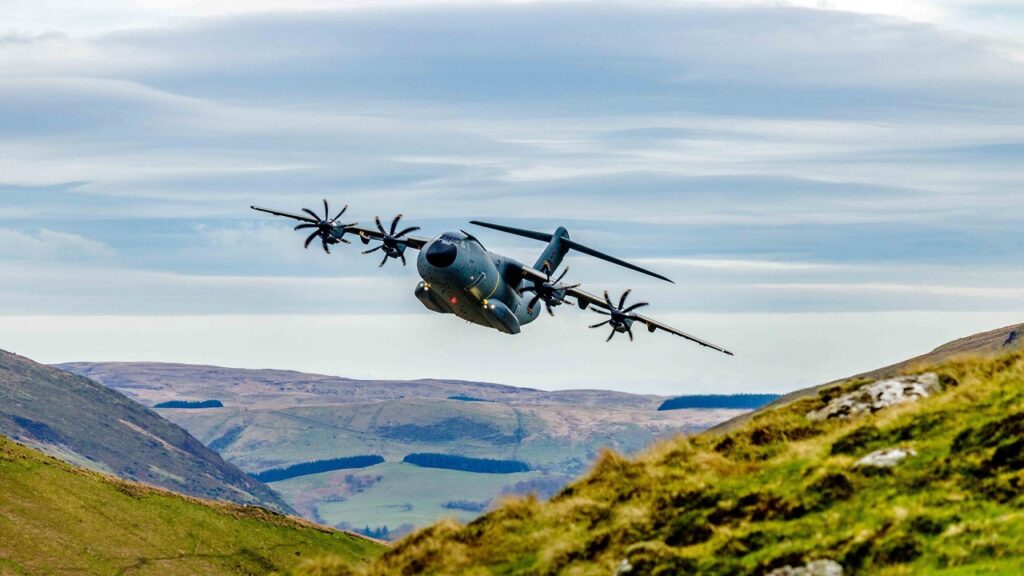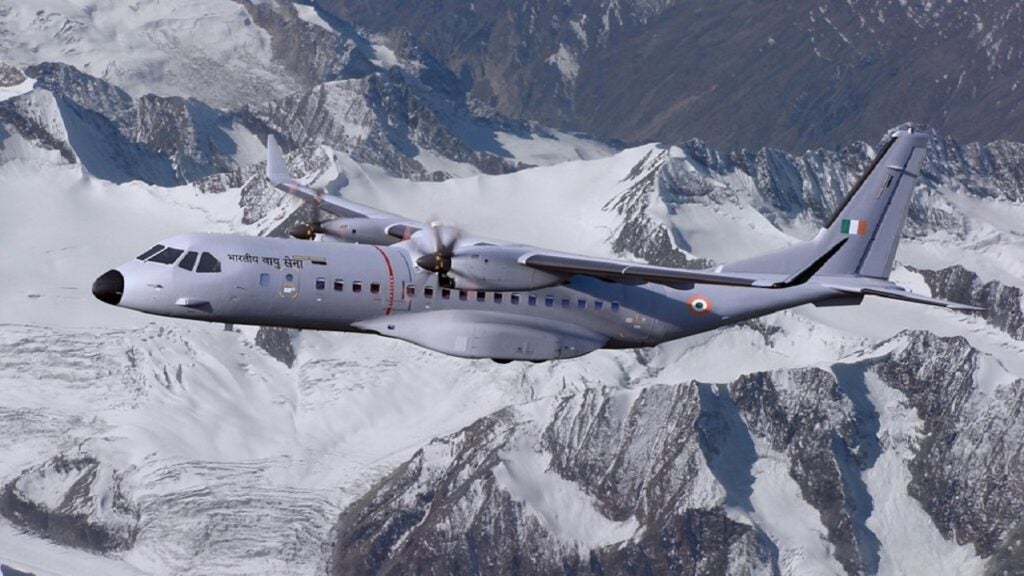
The Global Airtanker KDC-10 is a hose and drogue and centerline boom military in-flight refuelling aircraft developed by the Global Airtanker Service company. The aircraft can carry 112,037kg of fuel, and a 40,823kg to 45,360kg payload, or alternatively 156,490kg of fuel with an additional fuselage tank. The aircraft is also able to transport freight or passengers. In addition, it can also refuel Nato aircraft namely F-16 fighter jets and other aircraft fitted with a boom system.
KDC-10 – modified DC-10 tanker aircaft
US company Evergreen International Aviation and Omega Air, based in Dublin, formed joint company Global Airtanker Service LLC, based in Oregon. The company carried out modification and upgrade work on a commercially proven airliner, the DC-10 from Japan Airlines, to manufacture the KDC-10 which is equipped with hose and drogue and centreline boom refuelling systems.
The modification work was carried out at the Evergreen Air Center in Marana, Arizona, and was completed in 2005. This was followed by a schedule of flight trials. The aircraft was then transferred to Patuxent River, Maryland, and to Edward’s Air Force Base in California for flight trials with the US Navy and with the US Air Force. The aircraft entered into service in 2006.
A $30m contract was awarded to Fokker Services, to upgrade the cockpit and avionics of two KDC-10 and DC-10 aircraft, by Royal Netherlands Air Force. The contract encompasses design, installation, and combining, testing and certifying the advanced cockpit avionics and accessories. The KDC-10 aircraft is upgraded with digital cockpits and Link 16 and satellite communications.
Global Airtanker Service in-flight refuelling leasing service
Global Airtanker Service comes with flexible lease options, including an hourly as-needed basis, to supply a military aerial refuelling service. The service covers the provision of the aircraft, flight crew, aircraft, systems maintenance and full logistics. The lease arrangements can include routine training missions, scheduled deployment, military exercises and contingency operations.
The DC-10’s high fuel load could be boosted with additional tanks, with the main deck then available for either passengers or cargo. In addition, the cockpit was modified to assist the military mission, with secure communications and IFF planned.
KDC-10 aircraft
Global Airtanker Service plans to modify up to 15 DC-10-40 aircraft that were previously owned and operated by Japan Air Lines.
The KDC-10 series 40 is the extended range version of the DC-10. The aircraft is of cantilever low-wing monoplane all-metal fail-safe design. It is powered by three General Electric CF6-50C2 turbofan engines; each rated at 52,500lb, with two engines mounted on underwing pylons and one mounted at the base of the fin above the rear fuselage.
Refuelling equipment
The refuelling equipment suite contains developed, tested and operationally proven systems with high reliability and built in redundancy. The systems and best procedures incorporated into the tanker are based on over ten years of aerial refuelling development experience. Omega Air developed the Omega KC-707 which was the FAA’s first certified civil tanker aircraft.
The KDC-10 tanker aircraft features dual use with the capability to carry freight or passengers. The aircraft can carry 247,000lb of fuel for refuelling plus up to 100,000lb of freight or passenger payload. An alternative payload configuration includes an additional fuselage fuel tank which gives a maximum 345,000lb fuel payload.
The tanker is equipped with wing pods, centre line boom and centreline hose and drogue refuelling station (HDU). All three stations give high fuel flow rates. Global Airtanker estimates that the fuel offload capability at a range of 1,500nm is 235,000lb fuel offload for the KDC10 with wing pods, HDU and optional tanks.
The two flight refuelling MK32-900 wing pods provide a fuel delivery rate of 400 gallons a minute. The centerline FR300 HDU delivers 500 gallons a minute. The centerline boom delivers 900 gallons a minute. The centerline boom system is operated remotely with a fly-by-wire cabin camera system.
Cockpit
The cockpit accommodates a crew of three plus seating for two observers or training crew.
The aircraft is equipped with UHF and secure satellite communications, a TACAN tactical air navigation aid that provides bearing and distance data from an interrogated ground-based transponder, an identification friend or foe (IFF) transponder and a Storm Scope weather mapping radar.
Passenger configuration
The KDC-10 tanker aircraft is available in cargo and passenger configurations. The main deck can be fitted for 277 mixed-class passenger seats in a twin-aisle configuration (22 six-abreast first-class passenger seats and 255 nine-abreast economy-class passenger seats).
Cargo configuration
In a tanker / cargo transporter configuration for civil or military cargo, the main deck can carry up to 29 standard 88in×108in pallets, which is equivalent to 13,600ft³ (385m³) of palleted cargo. At ranges up to 3,900 miles the total operational payload of the KDC-10 is estimated at 156,000lb.
KDC-10 operational cost
The commercially run military refuelling service contrasts with conventional military tanker refuelling where the military tanker operations have very high hourly operating costs and correspondingly very low total annual flight hours, approximately 300 to 400 hours a year.
The Global Airtanker Service company has reported that the US Navy currently pays about $12,000 a flight hour for the navy’s own KC-10 tanker aircraft without including the amortised aircraft cost. Global Airtanker Service estimates that it will offer an offloaded fuel service cost at below $8.5 a gallon in comparison to the US Navy’s current cost of approximately $17 an offloaded gallon. The refuelling service provides cost effective training operations because pilots have to successfully complete refuelling operations every 90 days in order to retain capability.
Performance
The KDC-10 tanker aircraft can fly at a maximum speed of 962km/h. The maximum range and service ceiling of the aircraft are 9760km and 12,800m respectively. The cruise speed and tank capacity are 890km/h and 1750 litre/minute respectively. The aircraft weighs around 120,000kg and the maximum take-off weight is 267,620kg.




